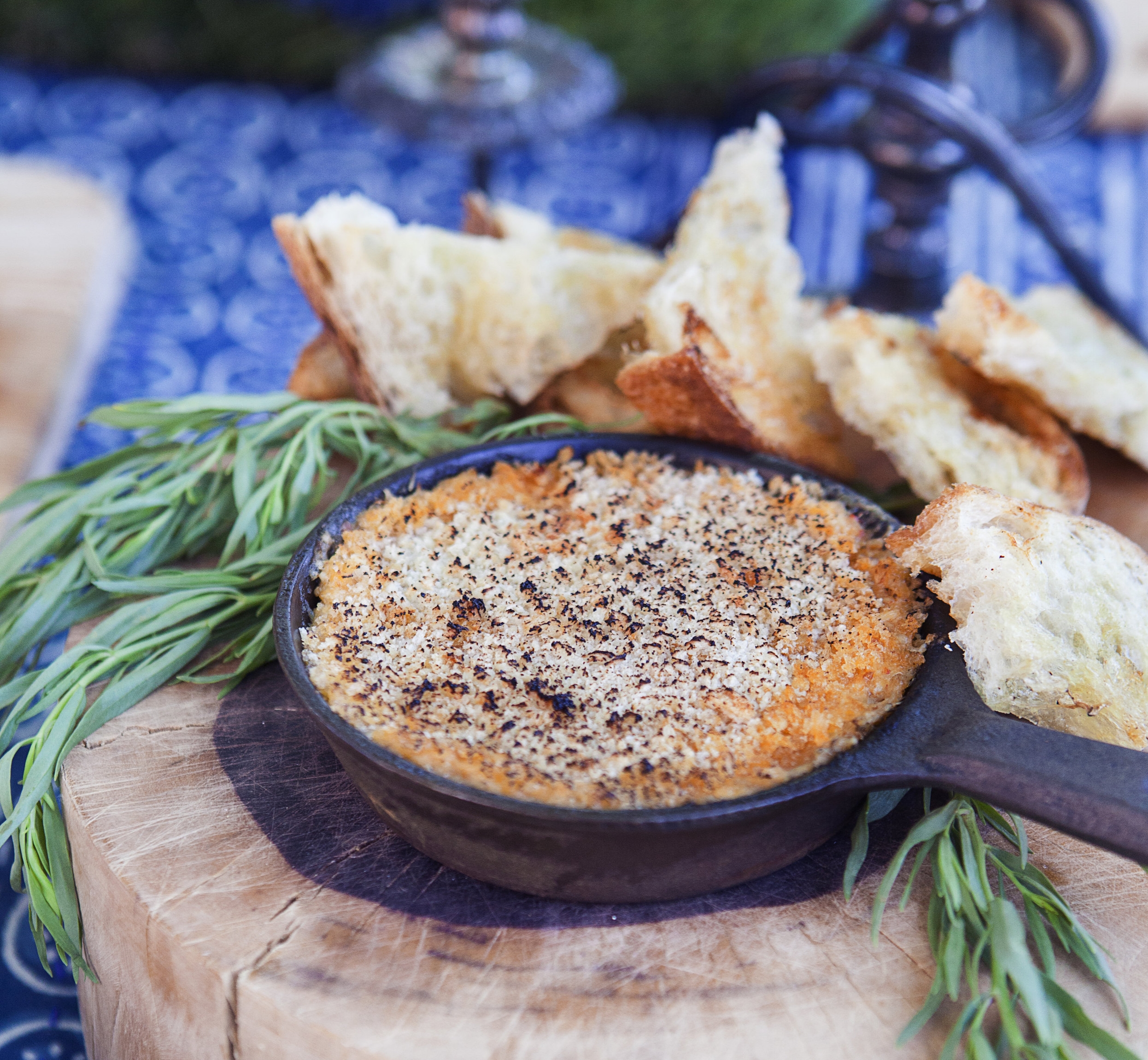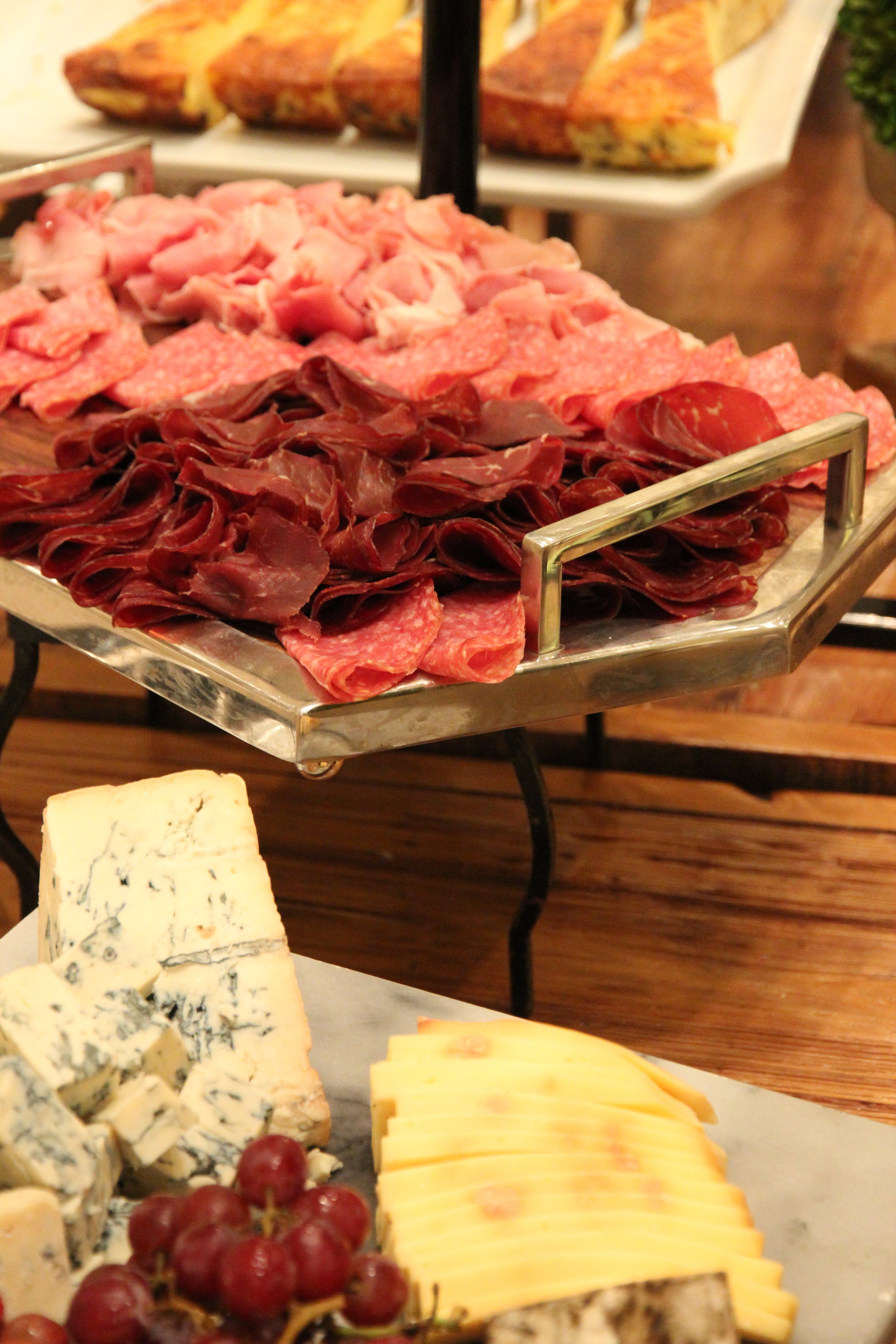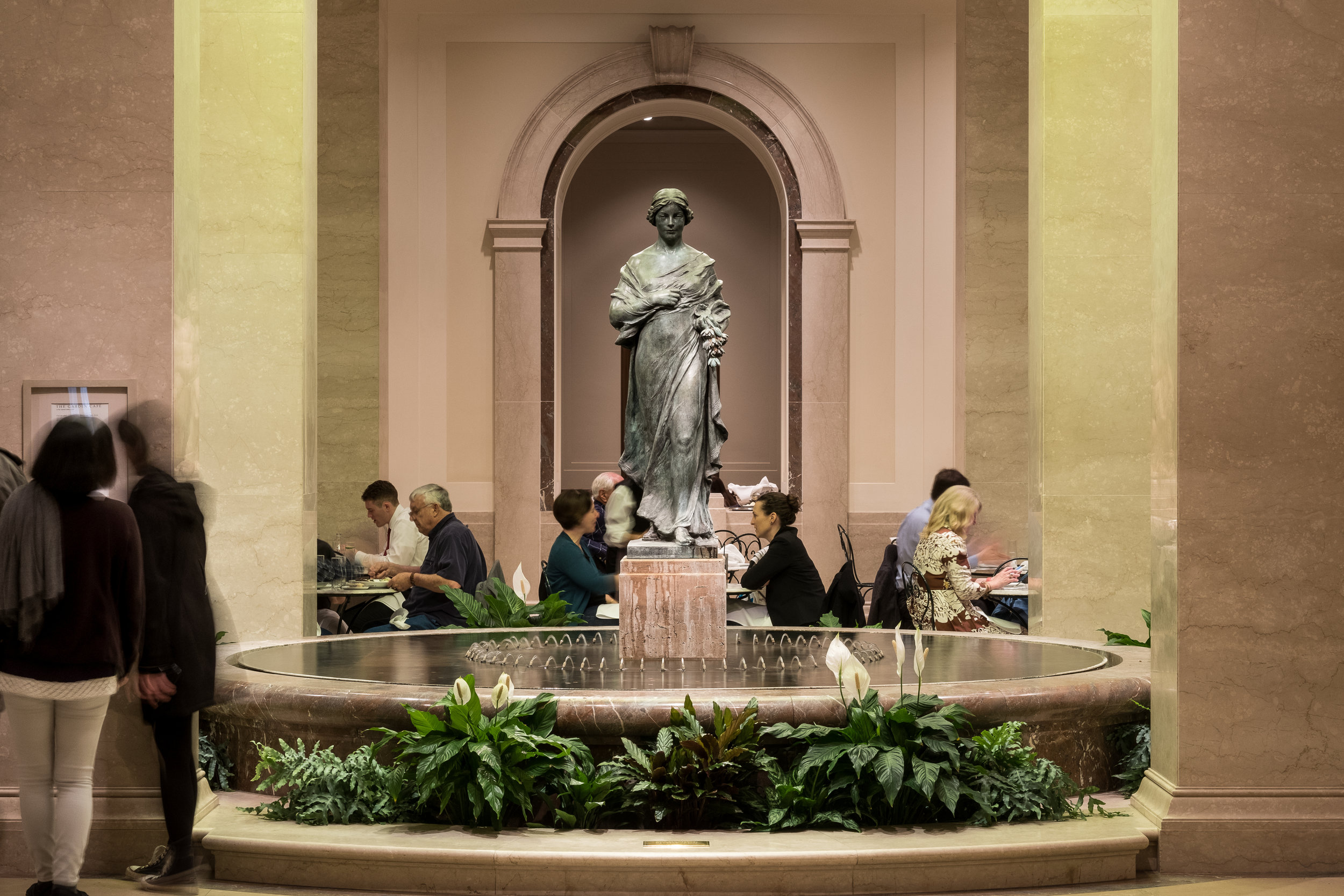A Summer Tryout: Friends Gather to Taste a New Menu for Calico
/Chef Nate Beauchamp Brings a Party to an Urban Oasis
By Nathan Beauchamp | Photography by Ashley Hafstead | Styling by Tinsel Events
People often ask how we develop the concept for a new restaurant from the menu to the design. It really starts with a tiny idea that just grows until it becomes reality. And truly it is one of the most collaborative processes you can imagine.
One of the great inspirations for a new restaurant is travel. Whether a European café or Asian airport is our muse, e distill those experiences down to what we loved most and what the most important elements that need to be replicated to capture our concept. The vibe and character of the place are what we hold on to and try to recreate, even the colors and the smells. It also helps to work with very creative designers who can express our vision through the restaurant’s design. A good example of this idea-to-concept process is Tiger Fork, our new place in Blagden Alley where the design and feel are as important as the food, because we want to share what we loved with our guests about our travels in Asia and give them the best of what we experienced.
The other inspiration is good memories. My business partners all spent time on the Jersey shore, and we decided that we needed to develop a casual restaurant where we could serve up the food that we craved from the summers of our childhoods. Space was available in Blagden Alley where we felt could recreate the backyard vibe of our memories, with patio lights, trees and flowers. We built the menu around the Eastern seaboard summer picnic and the food we ate as kids. We tested some concepts with a picnic series at The Fainting Goat last year and we’ve continued to try things like we did in this meal. Simple food that is fun to share with a lot of flavor. I liked the idea of Jersey tomato pie, some delicious sides, and the hickory smoked brisket—keep it simple.
So stay tuned, we plan to open in September with a casual menu focused BBQ, crab feasts, steamed shrimp, local beers and cocktails on tap and special punches. The name? You can come find us at Calico at 50 South Blagden Alley this fall.
Watermelon Salad
- 1 medium, very ripe, round watermelon
- 10 ounces ricotta salata
- Saba or vin cotto*
- Mint leaves, roughly chopped
Slice watermelon in half width-wise, then make thin slices down toward the end, making sure that you don’t go completely through. Pull the chunks apart, creating a loose middle. Add cheese, sprinkle saba and cut mint and place on watermelon. Use forks and dive in!
* Saba—also known as sapa, vin cotto or mosco cotto—is an Italian syrup made from cooking down grape must.
Zesty Cucumber Salad
- ½ cup crème fraiche
- Zest and juice of 1 lemon
- 2 tablespoons dill
- 1 small red onion
- 6 cucumbers
- Salt and pepper to taste
Peel cucumbers and slice thinly. Thinly slice the red onion. Combine all the other ingredients and toss with cucumber and red onions.
Nate’s Grilled Corn on the Cob
- 6 ears shucked sweet corn
- 5 ounces beef jerky
- 1 garlic clove
- Zest and juice of 1 lime
- ½ pound chilled butter
- 2 tablespoons chopped basil
- 1 tablespoon salt
- 2 tablespoons espelette* or paprika
Combine the beef jerky, garlic, lime zest and basil and pulse in the bowl of a food processor. Add the butter until fully incorporated. Grill the corn for 5–7 minutes, until blistered. Brush with jerky butter. Toss with the espelette and serve.
* A Basque red pepper; paprika can substitute.
True Blue Maryland Crab Dip
- 1 pound Maryland lump crab*
- 1 cup Kewpie mayo**
- 1 tablespoon dry mustard
- 1 cup Gouda, grated
- 2 tablespoons Old Bay seasoning
- 1 tablespoon hot sauce
- Salt to taste
- 1 cup panko-style breadcrumbs
- 2 tablespoons melted butter
Mix together all the ingredients but the breadcrumbs, and place in a shallow pan. Melt the butter and mix the breadcrumbs in, then place the buttered breadcrumbs on top of the crab mixture and bake for 30 minutes.
* True Blue is a labeling initiative for identifying real Maryland crab meat.
** Kewpie mayo is addictively umami and can be found at Japanese food stores.
Eastern Shore native and RAMMY Award–winning Rising Star Chef Nathan Beauchamp, who won props for his work at Georgetown’s 1789, returned to Washington, DC, in 2014 after a stint in Minnesota to take on the executive chef position at U Street favorite The Fainting Goat. Since then, Beauchamp and his business partner, Greg Algie, have expanded to Shaw’s Blagden Alley with Tiger Fork, a restaurant that combines Hong Kong cool and global influences.
A graduate of the Culinary Institute of America (CIA) in Hyde Park, NY, Beauchamp has also worked in acclaimed kitchens such as Park Avenue Café in NYC with David Burke, and in the DC area at Restaurant Eve, Vidalia and Bistro Bis.
























